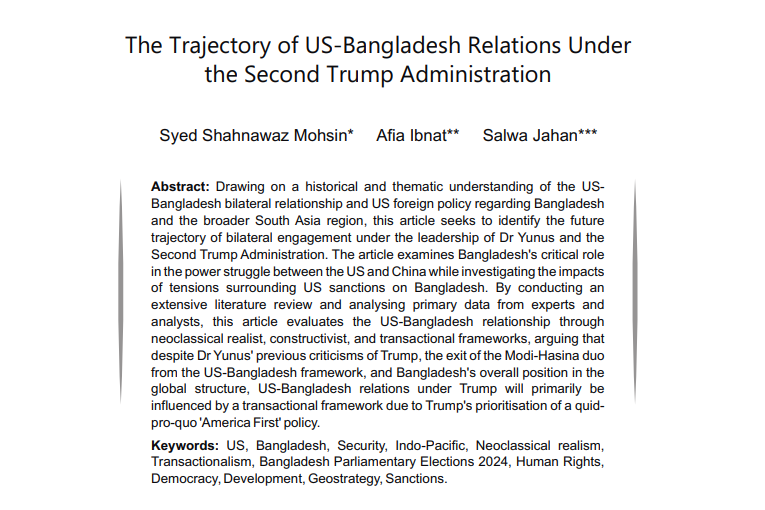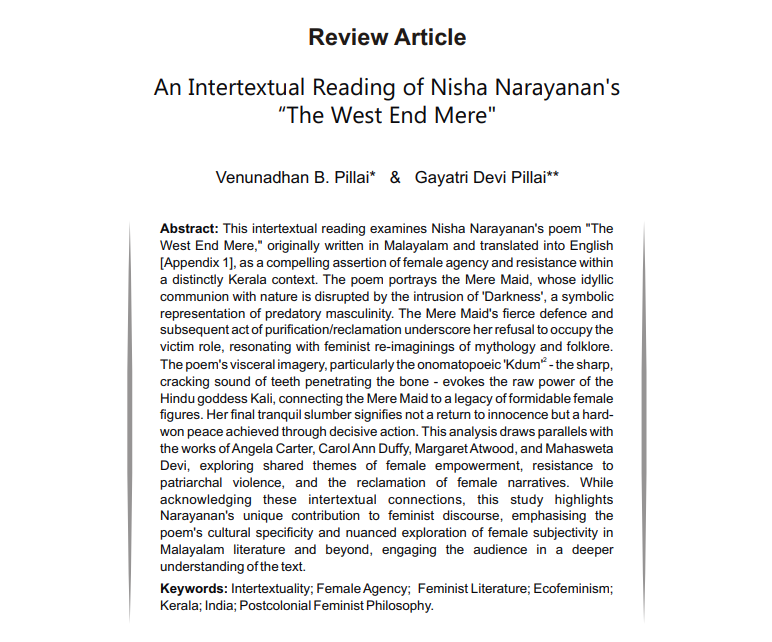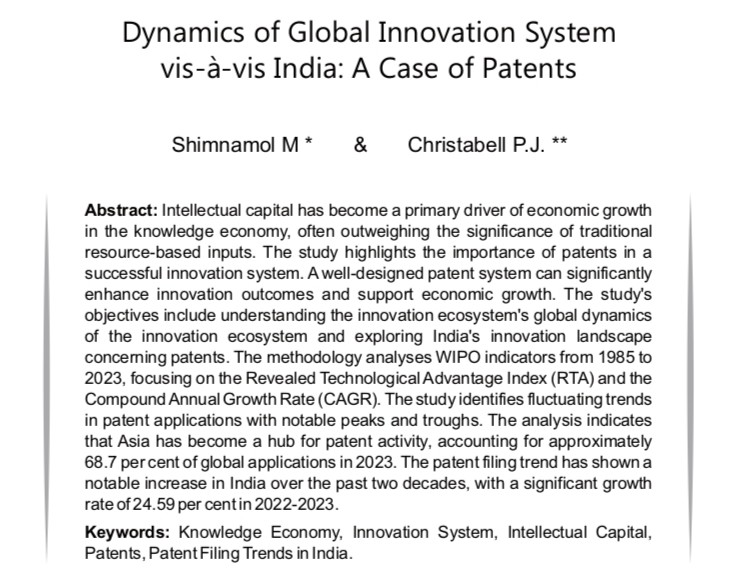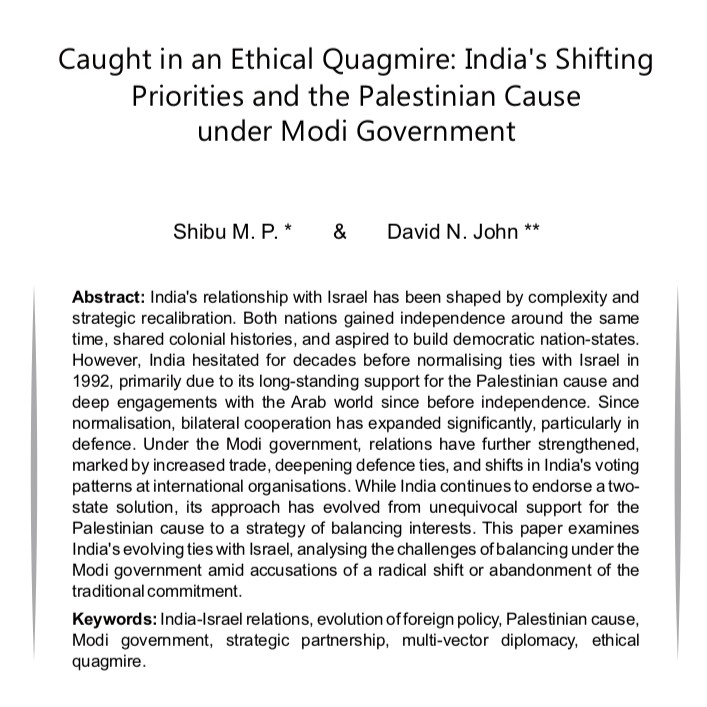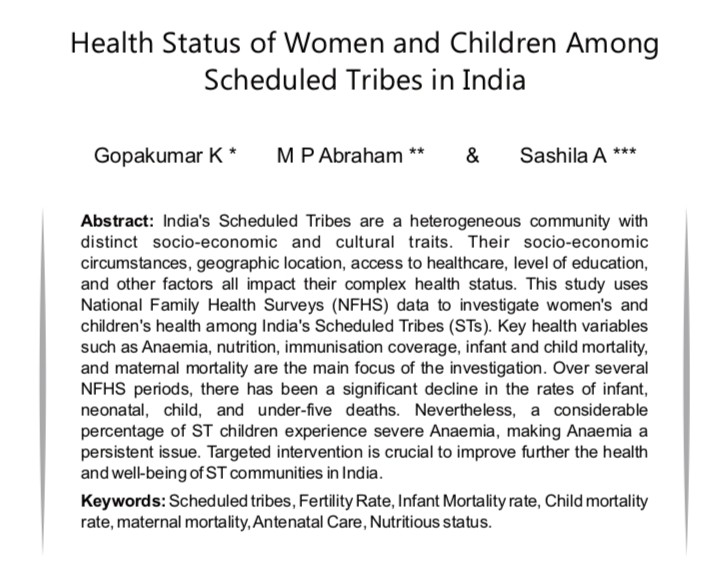Instructions to Authors
Empirical studies, conceptual papers and review articles that fall within the scope of ISDA Journal are invited for publication. Research papers and articles are reviewed by experts and specialists, considering several aspects like originality, logical cohesion, language, citations and on the suitability of the article for publication in the journal. All research papers and articles are subjected to a strict plagiarism check. It is obligatory for the authors to follow the instructions given below while submitting articles or research papers for publication:
Please note that ISDA Journal is following the APA style (sixth edition) to enhance its international perceptibility and acceptance.
Maximum word limit
(a) Papers based on empirical data: 5000
(b) Conceptual paper and review articles: 6000
(c) Research notes and brief reports:1500.
Manuscript Format Instructions:
Manuscripts should be sent as MS Word files, typed in Times New Roman, font size 12 with 1.5 line spacing.
Title of the article/research paper:
The title should be short and accurate. A shortened version of the title in 2/3 words should be given to use as running head of the article/ paper. The name of the author(s) may be provided below the title, and the institutional affiliation(s) as footer in the first page alone.
Acknowledgements:
Acknowledgements if any, may be given at the end of the paper.
Abstract and Keywords:
The abstract should be in about 150 words only and may encapsulate the background information, objectives, methods and findings. Key words should not be more than five.
Introduction:
‘Introduction’ should not be used as sub-heading. The introductory paragraphs should be concise and pertinent to the area of research.
References:
APA style should be followed for in-text citations and the list of references. APA 6th edition style sheet may be downloaded for the purpose.
In-Text Citation Examples:
Single Author
- Mohanan (2003) finds that the much-publicized Kerala model
- Kerala society is widely considered as a matrilineal one (Mohanan, 2003)
- “It is widely believed that the legal status of Kerala women is higher, since they could share the benefits of education” (Mohanan, 2003, p.84).
Two or more authors
- Same as single author with the surnames of all the authors.
- (Pillai & Joshy, 2010)
- Pillai and Joshy (2010)argue that …
- Strategic autonomy issue has been raised by several authors (e.g., Pillai, Parija, Menon & Josukutty, 2015)
- Pillai, Josukutty, Joshy and Parija (2015) support
List of References:
Citing print sources
Mohanan, B. (2003). Women and Law: The case of Kerala. Trivandrum: ISDA Publications.
Ramalingam, P., & Nath, Y. (2012). School Psychology in India: A Vision for the Future, Journal of the Indian Academy of Applied Psychology, 38, 21- 34.
Josukutty, C.A., (2013). Af-Pak Policy: Implications for India. In Mohanan B Pillai (Ed.) India’s National Security: Concerns and Strategies. New Delhi: New Century Publication..
Zubin, J. (1975). Problem of attention in schizophrenia. In M.I. Kietzman, S. Sutton and J. Zubin (Eds.) Experimental approaches to psychopathology. New York: Academic Press.
Citing DOI
Farrell, P. (2010). School psychology: Learning lessons from history and moving forward. School Psychology International, 31, 581-598. DOI: 10.1177/0143034310386533.
Citing web resources:
Shackelford, W. (2000). The six stages of cultural competence. In Diversity central: Learning. Retrieved April 16, 2000, from http://www. diversityhotwire. com/learning/cultural_insights.html
Intext numbering and giving `endnote’ should not be used.
Structure of an Empirical Paper:
Introduction, Objectives/Hypotheses, Method (not methodology), Results, Discussion, Conclusion and References.
Objectives/Hypotheses: Objectives and hypotheses may be made part of the introduction or given under a separate sub- heading.
Method (not ‘Methodology’): This section should deal with Techniques, Sample, Tools/Measures, Procedure, etc.
Results:
Results should be in such a way that only the included data may be provided, preferably in the form of tables and occasionally in figures. Data should not be repeated in more than one form. Arabic numerals should be used for the numbering of tables and figures. Please avoid detailed ANOVA tables and give only F-values and their significance. Avoid describing the values already provided in the tables in subsequent paragraphs.
Discussion:
Initially, the findings may be stated briefly. In subsequent paragraphs, the findings may be discussed in the light of relevant works in the past. In some cases, the results need not be given under a separate sub-heading and may be included along with the discussion so as to avoid repetition.
Conclusion:
Conclusion should be stated very clearly in agreement with the findings. It may also carry a paragraph or so on the applications of the study, if any.
Structure of a Conceptual Paper:
Abstract, Introduction, Specification of a theory or Propositions, Discussion, Closing paragraph/Conclusion and References.
Mode of submission:
Papers/manuscripts may be uploaded in the link provided in the web page or sent to the Executive Editor in the journal email: isdajournaltvm@gmail.com


